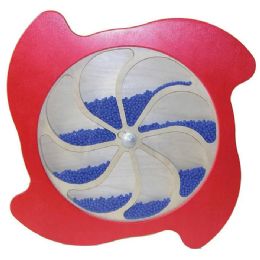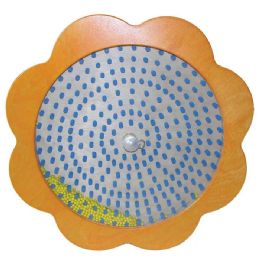
Sensory wall panels enhance the vibrancy and appeal of a child's playroom. These wall boards, akin to compact busy boards, are larger and wall-mountable, designed for children's development and to aid individuals with neurodivergence. They feature a variety of entertaining and developmental details, including diverse shapes, colors, and textures, securely fixed onto the sensory boards.
















Many parents select Sensory Walls to add color and interest to their children's playroom. These wall panels, larger than busy boards, are designed as activity walls for children's development and to aid individuals with autism, ADHD, and other neurodivergence. They feature various entertaining and developmental details, such as diverse shapes, colors, and textures, and are securely fixed onto the sensory boards. Sensory wall panels are designed to enhance logical thinking, imagination, dexterity, and fine motor skills. These sensory wall panels are not only visually appealing but also serve as functional tools that encourage learning and development, particularly beneficial for children with autism.
Sensory wall panels, or sensory walls are quite common in the medical field, oftentimes used in the waiting rooms of various pediatric offices to facilitate anxious or restless children. These walls may look mundane to the adult eye, but they are essential in teaching developing brains how to safely explore textures, shapes, colors, numbers, and a host of other important skills children need.
Sensory walls can create a transformative experience for children with developmental delays by providing a stimulating environment that enhances concentration, cognitive development, sensory stimulation, coordination, and motor development. They also promote cognitive development, exploration of the environment, atmosphere exploration, the concept of cause and effect, language and communication stimulation, social interactions, calmness, self-awareness, and making choices, as well as sharing and turn-taking skills.